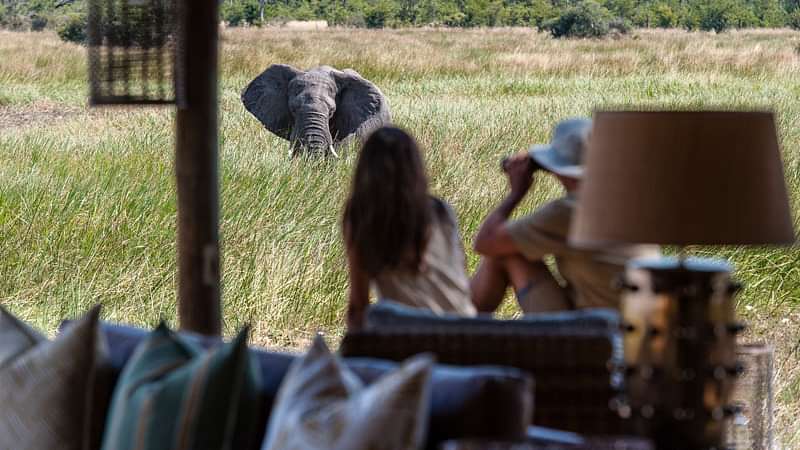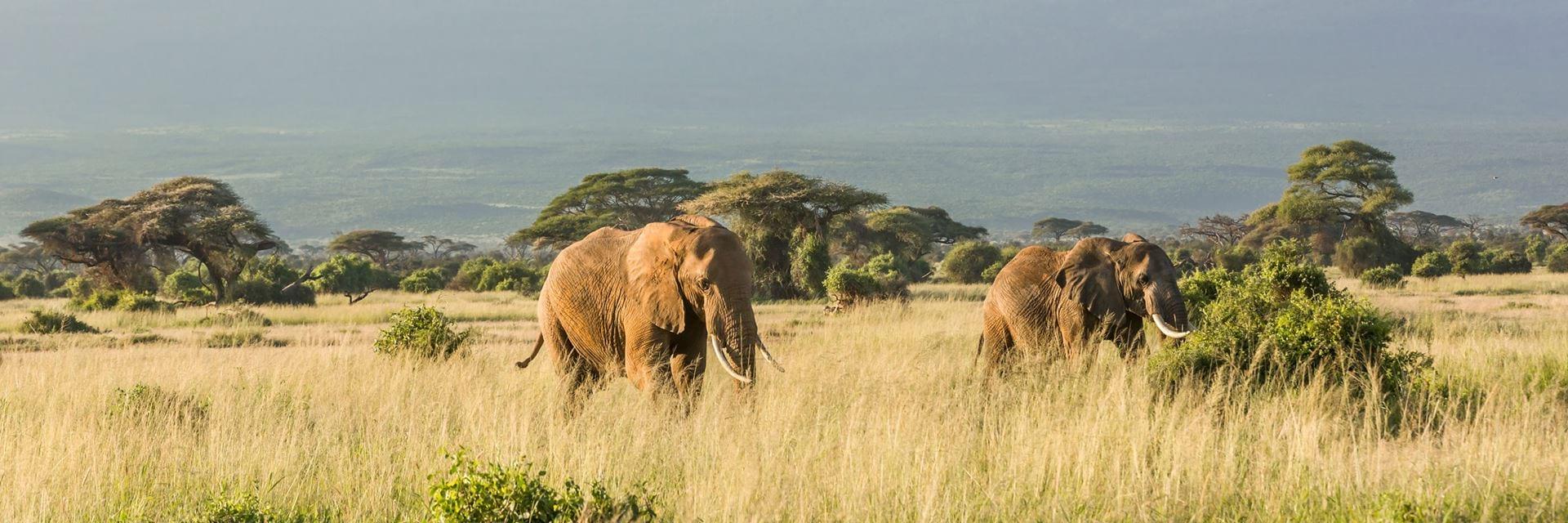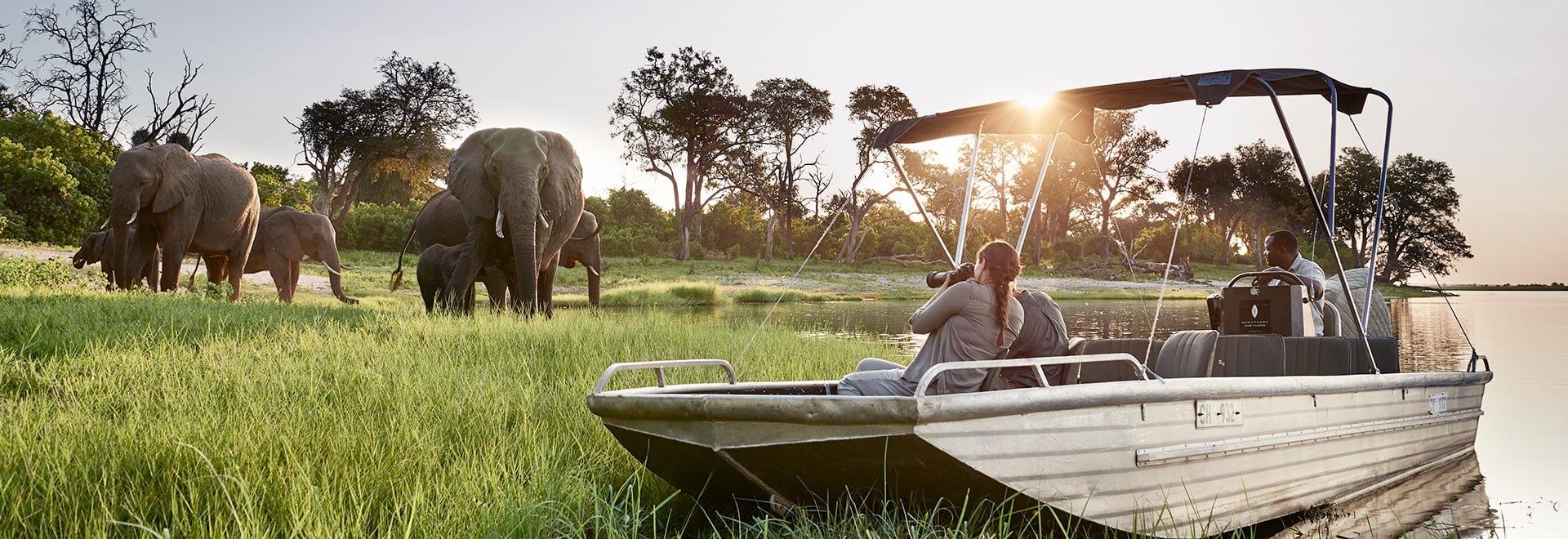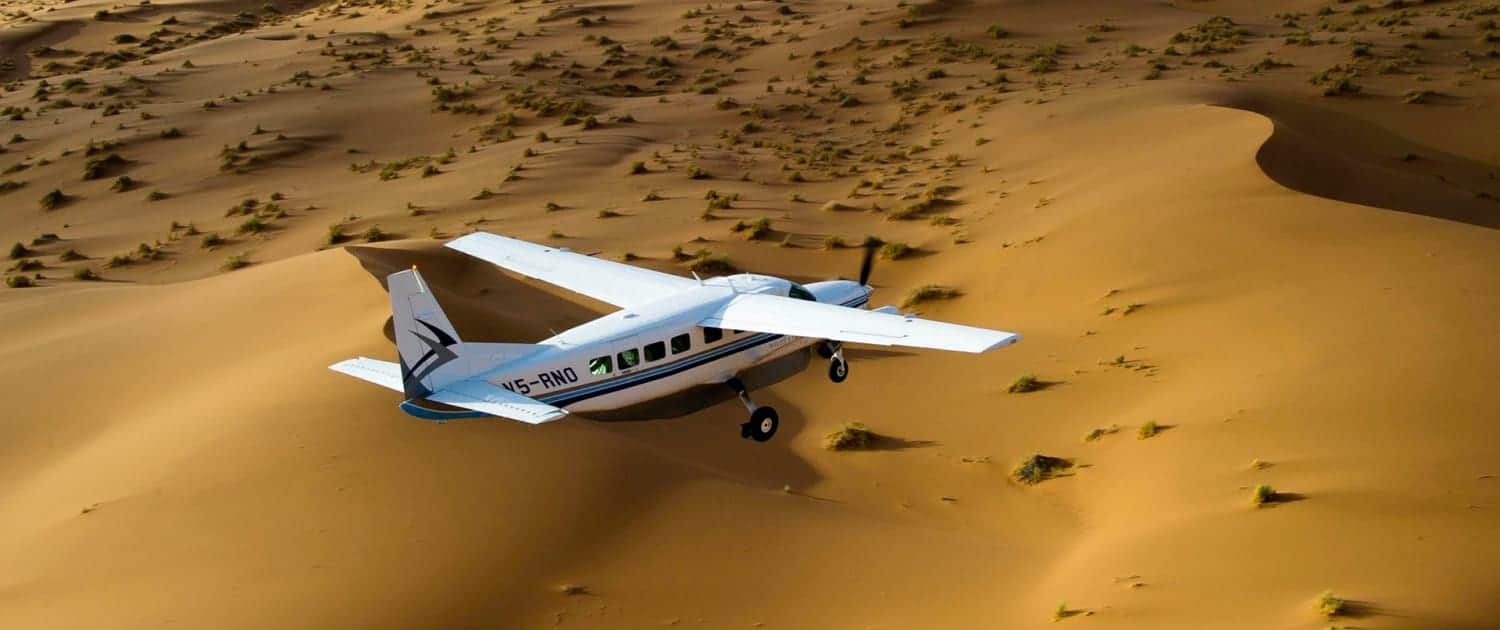50 FASCINATING FACTS ABOUT PILANESBERG GAME RESERVE
PILANESBERG GAME RESERVE FACTS NO: 1
Pilanesberg Game Reserve is one of South Africa’s most popular game reserves. In fact, in a recent survey conducted by the South African Tourism Board, the game reserve was ranked #1 on the list of most popular game reserves in the country.
PILANESBERG GAME RESERVE FACTS NO: 2
Pilanesberg Game Reserve is an easy 1.5 to 2 hour drive from Johannesburg and Pretoria. This makes it the ideal safari destination for travellers on a time schedule who can visit for a day safari tour or a short 2- to 3-day overnight stay.
PILANESBERG GAME RESERVE FACTS NO: 3
Covering an area of 57 200 hectares, Pilanesberg is a small but charming Big 5 game reserve that’s located in the North West Province, north of the agricultural and mining hub of Rustenberg. The protected wildlife sanctuary was proclaimed a wildlife reserve in the late 1970s.
PILANESBERG GAME RESERVE FACTS NO: 4
The game reserve was stocked with animals through Operation Genesis in 1979. At the time, Operation Genesis was the most ambitious wildlife translocation project in the world. With excellent animal management programmes and conservation, Pilanesberg boasts the highest concentration of game of any private reserve in South Africa. It’s home to at least 86 species of African wildlife and offers visitors an incredible Big 5 safari experience.
PILANESBERG GAME RESERVE FACTS NO: 5
Pilanesberg has a unique ecology that’s made up of a mix of trees and plants indigenous to the dry, arid conditions of the Kalahari Desert and the lush, tropical belt of the Limpopo and Mpumalanga provinces. The overlap of wildlife and birds is remarkable. Species from the two diverse regions have adapted to create an ecosystem that is unique to the Pilanesberg region.
PILANESBERG GAME RESERVE FACTS NO: 6
The trees and plants found in Pilanesberg Game Reserve have adapted to create 6 distinct eco-zone. These range from valley and hill savanna grasslands to thickets and woodlands in rocky outcrops.
The thorn trees in the game reserve survive in brackish soil while flat grasslands are characteristic of areas rich in pediments that contain a subterranean layer of ferricrete which is an accumulation of hard sheets of iron oxides. Outcrops of red syenite have weathered into a jumble of red-brown boulders that support a wild thicket of large-leafed trees and the south- and north-facing savanna is dominated by thorn trees and bushwillow.
PILANESBERG GAME RESERVE FACTS NO: 7
One reason Pilanesberg is so popular is the reserve is located in a malaria-free region of South Africa. It’s the perfect destination for families with young children who aren’t able to take anti-malaria tablets and foreign travellers who don’t want the hassle and expanse of taking malaria tablets for a short-stay safari tour.
PILANESBERG GAME RESERVE FACTS NO: 8
Another reason is the game reserve is located a comfortable 2-hour drive from Johannesburg and Pretoria which makes it more accessible than Kruger National Park which is between 5 to 6-hours’ drive from the two cities.
PILANESBERG GAME RESERVE FACTS NO: 9
The reserve has the highest concentration of game and sightings of the Big 5 and an array of antelope and predators are guaranteed, even if you visit the Pilanesberg for a day tour or overnight safari tour.
PILANESBERG GAME RESERVE FACTS NO: 10
There are over 15 species of antelope, ranging from the majestic eland, kudu and sable antelope to the blue wildebeest, impala and skittish steenbok. There is an abundance of plains game including Red Hartebeest and zebra.
PILANESBERG GAME RESERVE FACTS NO: 11
The most famous predator in the game reserve was Ketimetsi, a gorgeous male lion who roamed the Kwa Maritane area for many years. Ketimetsi reached the ripe old age of 17 years and his death was mourned by many avid Pilanesberg visitors when he finally died of old age.
PILANESBERG GAME RESERVE FACTS NO: 12
Many people mistakenly think Pilanesberg is a national park when it is actually a game reserve. North West Parks and Tourism Board is responsible for the sustainable management of the reserve and its fauna and flora.
PILANESBERG GAME RESERVE FACTS NO: 13
The two largest resorts in Pilanesberg are managed by Golden Leopard Resorts. Manyane Resort and Bakgatla Resort offer a wide choice of affordable accommodation which ranges from self-catering chalets, permanent safari tents and camping and caravan sites.
PILANESBERG GAME RESERVE FACTS NO: 14
Pilanesberg Game Reserve’s famous neighbour is Sun City Entertainment & Casino Complex. This extravagantly-themed resort offers an incredible choice of accommodation, entertainment facilities, sports facilities and a vast gambling house.
PILANESBERG GAME RESERVE FACTS NO: 15
The region is a birder’s paradise. There are over 360 recorded bird species in the Pilanesberg area. Many of the birds are migrants, but the majority are indigenous species and permanent residents.
PILANESBERG GAME RESERVE FACTS NO: 16
Pilanesberg Game Reserve covers an area of 572 square kilometres (221 square miles). Visitors are allowed to self-drive and the roads are suitable for ordinary vehicles. You don’t need a 4-wheel-drive vehicle to get around the reserve. You’ll find a combination of tarred roads and gravel roads which are well-maintained and make getting around Pilanesberg Game Reserve easy and comfortable.
PILANESBERG GAME RESERVE FACTS NO: 17
The geology of Pilanesberg is fascinating. The game reserve lies in the basin of one of the largest volcanic complexes of its type. The rock types and formations are extremely rare and a number of extraordinarily rare minerals occur in the area.
PILANESBERG GAME RESERVE FACTS NO: 18
The Pilanesberg Alkaline Ring Complex is a vast circular feature that was created as a result of volcanic eruptions that occurred more than 1 200 million years. The volcano never erupted but tectonic movement influenced the ancient geological structure of the volcanic basin.
PILANESBERG GAME RESERVE FACTS NO: 19
The ring dyke complex is characterised by three concentric mountain rings that encircle the savanna grasslands that lie in the basin of the extinct volcano. All those years ago, during volcanic activity, the magna cooled beneath the ground’s surface rather than erupting above the surface level. The centre of the cooled magna eventually collapsed and formed a flattened crater. Mankwe Dam lies in the centre of this ancient volcanic crater.
PILANESBERG GAME RESERVE FACTS NO: 20
Millions of years of erosion left behind hard magna rock that became what we see today in the form of the instantly-recognisable Pilanesberg mountain range. There are only three Alkaline Ring Complexes in the world and the mountain range in the game reserve is the best preserved example by far. The Pilanesberg Alkaline Ring Complex is clearly visible from outer space.
PILANESBERG GAME RESERVE FACTS NO: 21
Thomas Baines painted the ring of hills of Pilanesberg in 1869 on his way to Botswana. Baines, a 19th century English artist and explorer, was well known for his paintings and sketches detailing colonial exploration southern Africa and Australia.
PILANESBERG GAME RESERVE FACTS NO: 22
One of the most popular safari lodges in Pilanesberg Game Reserve is Kwa Maritane Lodge. Its name means ‘Place of Rock’. It was named after a massive rocky outcrop that the safari lodge is built around, that was created through ancient volcanic activity that created the Alkaline Ring Complex.
PILANESBERG GAME RESERVE FACTS NO: 23
The main road through Pilanesberg Game Reserve is Tlou Drive. This more or less follows the path of a massive crack that opened up in the middle of the ancient volcanic crater, cutting the valley in two.
PILANESBERG GAME RESERVE FACTS NO: 24
The mountainous landmark lies within the Witwatersrand. The region is renowned for its unique geology which is made up of different types of syenites. This includes an array of rare minerals which have been found in the shallow crater area.
PILANESBERG GAME RESERVE FACTS NO: 25
The ancient crater once towered some 7 000 meters in height. What you see today is a cross-section through the magna pipes that were once located deep below the Earth’s surface. These magna pipes were eventually exposed after centuries of erosion.
PILANESBERG GAME RESERVE FACTS NO: 26
Pilanesberg Game Reserve is also a archaeologists dream destination. The area is rich in history and various archeological sites date back to the Middle Stone Age and Iron Age. There is definitely evidence of the presence of man from these two Ages. Hunter-gathers roamed the area years before the first Setswana-speaking tribe moved into the region and practices grain and cattle farming.
PILANESBERG GAME RESERVE FACTS NO: 27
During the late Iron Age, ancestors of the Batswana and Basotho people lived in the area. They were nomadic cattle and sheep farmers and dabbled in copper and iron works. In the late 19th century, the region where Pilanesberg Game Reserve is today was a protected zone for Mzilikazi’s rebel Zulu warriors. These tribal warriors moved through the area as the fled the wrath of King Shaka, leader of the Zulu tribe.
PILANESBERG GAME RESERVE FACTS NO: 28
Pilanesberg Central is located on the site of an old mission station that was established on the farm Driefontein (three river springs). It also served as a magistrate’s court and a Home Affairs office for local residents that once lived within the current boundaries of the reserve. Today, it’s a popular for a mid-day break on game drives for meals and drinks at the restaurant.
PILANESBERG GAME RESERVE FACTS NO: 29
The southern section of the game reserve was originally a set of farms that belonged to Boer (Dutch-Afrikaans) farmers that were registered in their names by the Transvaal government of the 1860s. The large man-made dams in the Pilanesberg area that are such vital water sources today were built by these farmers. This includes Houwater Dam which is now Mankwe Dam.
PILANESBERG GAME RESERVE FACTS NO: 30
The original farms were re-purchased by the government of South Africa during the apartheid era. The area was used to re-settle the Bakubung tribe which was relocated from farms in Ventersdorp, Wydhoek, Koedoesfonteing and Ledig.
PILANESBERG GAME RESERVE FACTS NO: 31
The re-claimed farms were subsequently handed over to Bophuthatswana which was a large ‘Bantustan’ located in the northwestern region of South Africa. A Bantustan was another word for a Black homeland or state (they became known as Homelands). These territories were set aside by the apartheid National Party for Black inhabitants as part of its apartheid policy.
PILANESBERG GAME RESERVE FACTS NO: 32
The famous Sun City Entertainment and Casino Complex was developed in what was known as Bophuthatswana on land adjacent to the re-claimed farms. The developers used the independence of the Homeland to get around stringent entertainment and gambling restrictions. At the time, South Africa was under international sanctions and no international musicians were allowed to tour in South Africa.
PILANESBERG GAME RESERVE FACTS NO: 33
Pilanesberg Game Reserve lies on the south-western border of Botswana which is a semi-arid region that experiences very low summer rainfall. The region is not a desert because it receives too much rainfall to be classified as a true desert (between 130 to 250 millimeters annually). However, Botswana can be described as a ‘thirstland’ because it’s characterised by vast sand and gravel landscapes.
PILANESBERG GAME RESERVE FACTS NO: 34
The Kalahari Desert stretches 932 395 square kilometres across Botswana, Namibia and the upper reaches of South Africa. Pilanesberg Game Reserve lies on the fringes of the southernmost tip of the expansive desert.
PILANESBERG GAME RESERVE FACTS NO: 35
In complete contrast, the western border of Pilanesberg melts into a lush, high rainfall area known as the Lowveld. Lying at the intersection of Limpopo Province, this region is renowned for its fertile, tropical vegetation, undulating mountains and fertile soils which make it a rich agricultural region.
PILANESBERG GAME RESERVE FACTS NO: 36
Pilanesberg has two biomes; arid savanna that transitions to moist savanna. A biome is a distinct biological community that has formed in response to a shared physical climate. In the case of Pilanesberg, this is the unique eco-environment that exists where fauna and flora of the dry Kalahari Desert merges with the lush, tropical Lowveld plants and animals.
PILANESBERG GAME RESERVE FACTS NO: 37
North West Province is known as the Platinum province. The region is rich in minerals and extensive mining operations are based in the North West Province. The capital city of North West Province is Mahikeng (previously Mafikeng). The city is rich in history as it is famously the site of a siege during the Anglo-Boer War. The British army overcame the Boers and celebrated a historic victory which also made a hero of Robert Baden-Powell, the founder of the Boy Scouts.
PILANESBERG GAME RESERVE FACTS NO: 38
Pilanesberg was named after Chief Pilane, the forefather of the Bakgatla (Bakgatla-ba-Kgafela) people of the North West province of South Africa and Botswana. This clan is a break-away group of the Tswana people and survived centuries of conflict and tribal hostilities in the era of the Difaqane (the Scattering) in the early 1800s.
PILANESBERG GAME RESERVE FACTS NO: 39
Land belonging to the Bakgatla tribe was located in the platinum-rich Bushveld Igneous Complex. Today, the Bakgatla Royal Family shares in the wealth generated from mining and tourism. Bakgatla is a derivative of the word Kgabo which means monkey, the totem animal of the Bakgatla.
PILANESBERG GAME RESERVE FACTS NO: 40
The earliest inhabitants of the Pilanesberg region were from the Middle Stone Age. Hunter-gatherers traversed the area long before the first Setswana-speaking people settled in the area as cattle and grain farmers. During the Iron Age period, the ancestors of the Batswana and Basotho people lived a subsistence existence but they discovered copper and iron in the area which they used for implements and trading.
PILANESBERG GAME RESERVE FACTS NO: 41
The late 18th century gave rise to the Tswana period. The peaceful existence of the Tswana tribe living in the area was shattered in the late 1820s when Mzilikazi occupied the region. Mzilikazi sought refuge in the Pilanesberg for his rebel Zulu warriors who had fled the wrath of Shaka, the Zulu king. He had destroyed the villages and crops of the Tswana people and they were forced to live under the rule of the Ndebele for a period of time.
PILANESBERG GAME RESERVE FACTS NO: 42
The first European settlers to the area were missionaries. They established a mission station in the north-western part on a farm called Driefontein that was wedged between a large section of land traditionally owned by the Bakgatla tribe. A Magistrates Court was built close to the base of the Pilanesberg mountain and offered a much-needed service to the people who descended on the area as development took off.
PILANESBERG GAME RESERVE FACTS NO: 43
When Bophuthatswana gained its independence from South Africa, its president at the time, Lucus Mangope, set up a planning committee to re-introduce wildlife to the area in the hopes of boosting tourism to generate much-needed revenue for his people.
PILANESBERG GAME RESERVE FACTS NO: 44
The Bophuthatswana authorities initiated a project to re-introduce wildlife to the region and the area was eventually proclaimed a wildlife reserve in 1979. The Bakgatla tribe agreed to the inclusion of the mountainous region that belonged to them, and 60-plus families living in that part of the reserve were re-settled in a town to the east of the Pilanesberg Game Reserve.
PILANESBERG GAME RESERVE FACTS NO: 45
The creation of the Pilanesberg Game Reserve was one of the most ambitious programmes of its kind undertaken anywhere in the world. Operation Genesis was launched in the 1970s and involved the re-introduction of wildlife that had long since vanished from the region. All non-indigenous plants had to be eradicated at the same time. Today in excess of 10 000 animals roam the plains and hills. The numbers of indigenous birds grew in the quiet sanctuary of the reserve.
PILANESBERG GAME RESERVE FACTS NO: 46
At the dawn of a new democratic era, Bophuthatswana was reincorporated in 1994 into the Republic of South Africa, and the entire Pilanesberg Game Reserve now falls within South Africa’s borders.
PILANESBERG GAME RESERVE FACTS NO: 47
By the early 2000s, the reserve had increased in size from 552 to 572 square kilometres. As part of a 10-year plan to establish a corridor between the Pilanesberg and Madikwe Game Reserve, an additional 20 square kilometres was added on the north western side of the Pilanesberg. Several private game farm owners dropped their fences and game from Madikwe could safely traverse the new game corridor.
PILANESBERG GAME RESERVE FACTS NO: 48
The size of Pilanesberg Game Reserve was increased from 552 to 572 square kilometres in May 2004. This occurred when a protected wildlife corridor was opened up between Pilanesberg and Madikwe Game Reserve to link the two private reserves. The 20 square kilometre stretch was added to the north-western boundary of Pilanesberg.
PILANESBERG GAME RESERVE FACTS NO: 49
Black Rhino Game Reserve was incorporated into a corner of Pilanesberg Game Reserve on the north-west boundary. Guests staying at the Big 5 Black Rhino Game Reserve have full traversing rights in Pilanesberg but the reserve itself is restricted for public access.
PILANESBERG GAME RESERVE FACTS NO: 50
MoAfrika Tours offers a choice of day tours and overnight safari tours to the Pilanesberg Game Reserve. This popular Big 5 reserve is located in a malaria-free area that’s a comfortable 2-hour drive from Johannesburg.
Pilanesberg Game Reserve doesn’t compare to the iconic Kruger National Park on sheer scale and biodiversity but it’s closer to the city and boasts the highest concentration of game. You’re guaranteed incredible animals sightings. It’s a birder’s paradise and it’s ecology and geology is fascinating. You’ll love Pilanesberg Game Reserve and you can find great Pilanesberg safari deals from MoAfrika. It’s the #1 ranked Big 5 game reserve in South Africa.










